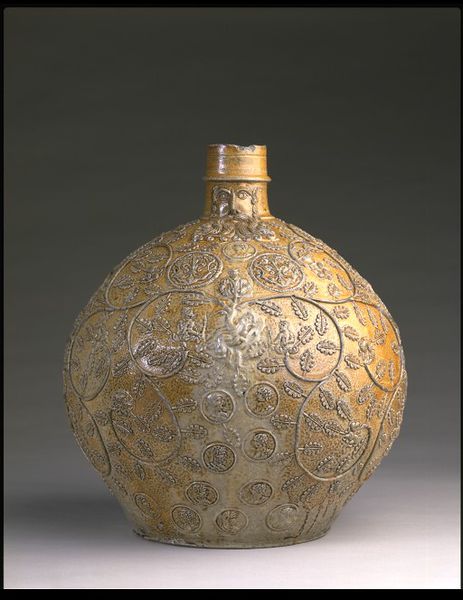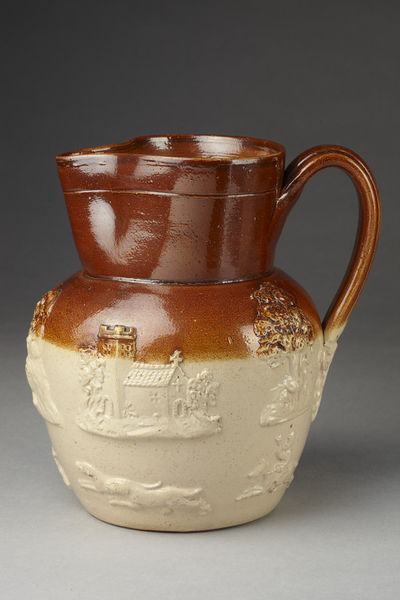Type flow
blue into a search engine and page upon page of material springs up, so much
more than other types of pottery I’ve researched. The reason – the States. In
the 19th century onwards the US couldn’t get enough of this stuff, so the pre conditions for a collectors market
were fulfilled, large quantities of old things in different forms which in turn
has created demand for information on the internet.
 |
| Mudlarking Finds: Flow Blue Pottery Shards |
Flow blue is not uncommon the Thames foreshore. I do rather like the effect, rather more romantic than the bog standard transfer ware or perhaps its relative scarcity attracts.
 |
| Mudlarking Finds: More Flow Blue |
Flow Blue is
a type of transfer ware. As the name suggests it’s where the blue of a transfer
print bleeds or ‘flows’ onto the white body of the object, caused by adding
lime, chloride or ammonia to the kiln whilst firing. The origins are not clear.
Some claim discovery was accidental others an intentional development by
Staffordshire potters, with Josiah Wedgewood credited with its invention.
 |
| Wedgwood Flow Blue 'Chapoo' Platter (live auctioneers) |
It’s usually applied to earthenware although
sometimes to Porcelain. The blues varied with the most popular being cobalt blue,
mulberry was also used. Flow blue was applied to the full range of objects from
full dinner service to tea ware to bedroom wash sets.
 |
| Flow
Blue Tea Pot, Shapoo Pattern by Thomas Hughes 1860-1870 |
The degree of
bleeding varied widely. When first introduced the flow was limited, later some
flowed so much the original design was completely obscured. It had the
advantage of hiding defects in the application of transfer or faults in
moulding or glazing.
When
introduced flow blue was a popular product in Britain but demand apparently quickly
diminished perhaps due to the sniffy attitude of some contemporary pottery
commentators with this later illustration
N. Hudson Moore, wrote in his 1903 edition of The
Old China Book, "There is a certain style of design known as 'flow blue,'
which has nondescript patterns, flowers, geometric designs, and which has
nothing whatever of beauty or interest to recommend it..."
After WWI the States began their own industry..... The English
production of flow blue hugely reduced once the export market to the US dried
up after WWI, a result of the States producing their own versions.











































